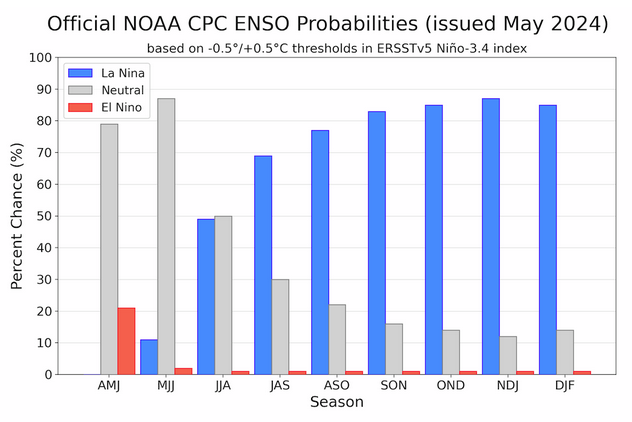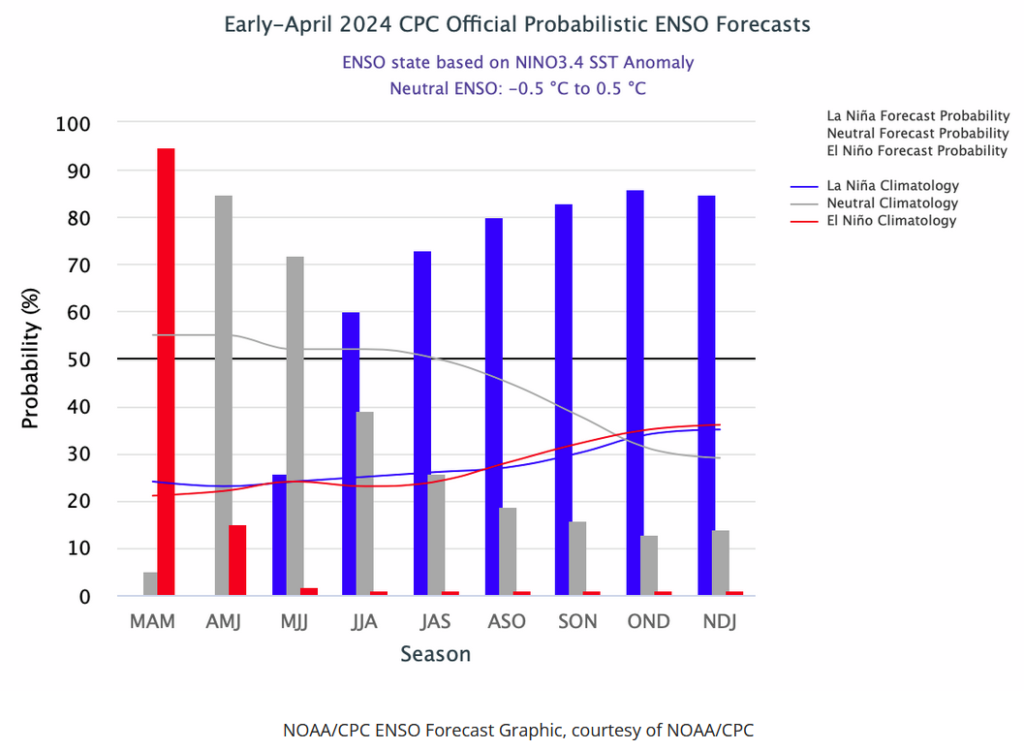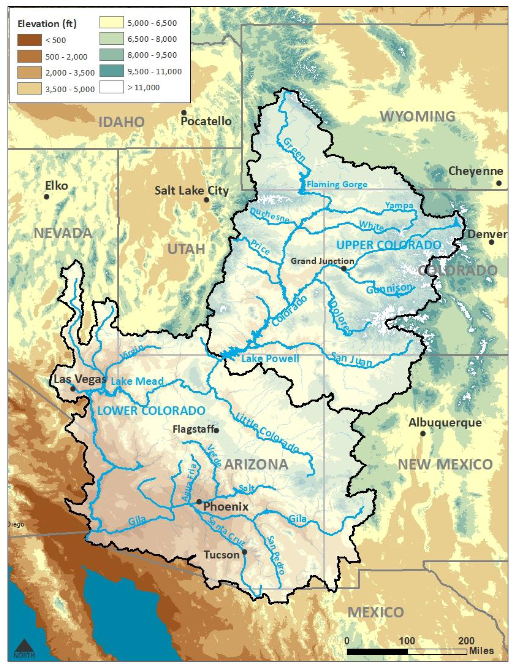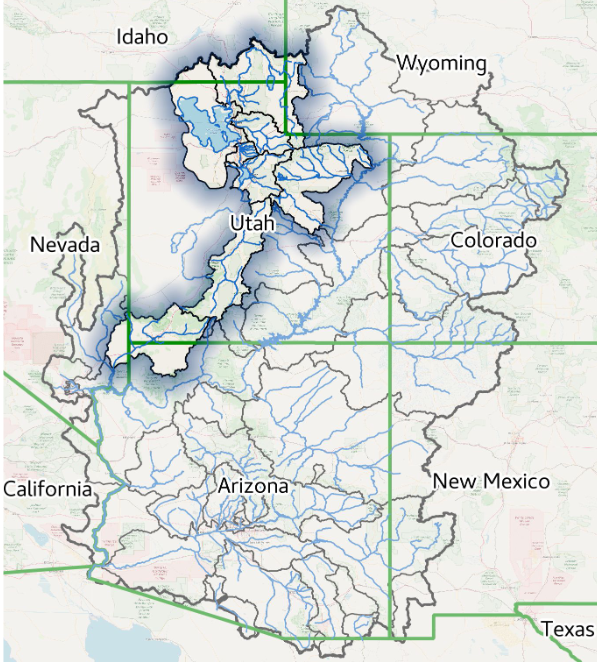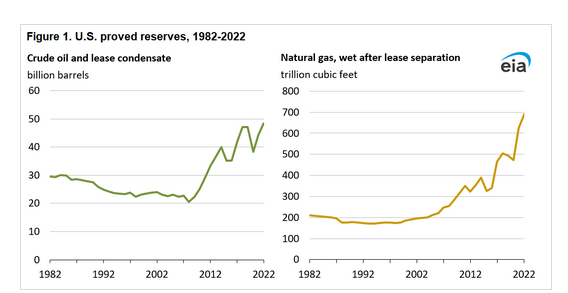Short Range Forecast Discussion
NWS Weather Prediction Center College Park MD
Thu May 09 2024
Valid 12Z Thu May 09 2024 – 12Z Sat May 11 2024
…There is an Enhanced Risk of severe thunderstorms over parts of the
Southern Plains/Lower Mississippi Valley and the Tennessee
Valley/Southeast on Thursday…
…There is a Slight Risk of excessive rainfall over parts of the Southern
Plains/Lower Mississippi Valley, Tennessee Valley, Southern Appalachians,
and Southeast on Thursday…
…Heavy snow over the higher elevations of the Central Rockies on
Thursday…
On Thursday, a front extending from the Mid-Atlantic westward to the Ohio
Valley and then southwestward to the Southern High Plains will move
eastward off most of the Mid-Atlantic Coast by Friday evening, lingering
over Florida on Saturday.
As the southern half of the boundary moves across the Lower Mississippi
Valley into the Southeast on Friday, it will produce showers and severe
thunderstorms over parts of eastern Texas, Louisiana, central Mississippi,
Southern Alabama, and southern Georgia. The SPC has issued an Enhanced
Risk (level 3/5) of severe thunderstorms over parts of the Southern
Plains/Lower Mississippi Valley and the Tennessee Valley/Southeast through
Friday morning. The potential hazards associated with these thunderstorms
are frequent lightning, severe thunderstorm wind gusts, hail, and a few
tornadoes. There will be the added threat of severe thunderstorm wind
gusts of 65 knots or greater over parts of the Southern Plains to the
Southeast. Moreover, there will be an additional threat of hail two inches
or greater over parts of the Southern Plains.
Furthermore, the showers and thunderstorms will cause heavy rain to
develop over parts of eastern Texas, northern Louisiana, central
Mississippi, Alabama, Georgia, far eastern Tennessee, western North
Carolina, and western South Carolina. Therefore, the WPC has issued a
Slight Risk (level 2/4) of excessive rainfall over the Southern
Plains/Lower Mississippi Valley, Tennessee Valley, Southern Appalachians,
and Southeast through Friday morning. The associated heavy rain will
create mainly localized areas of flash flooding, with urban areas, roads,
small streams, and low-lying areas the most vulnerable. Additionally,
showers and severe thunderstorms will develop over parts of the
Mid-Atlantic on Thursday. Moreover, showers and thunderstorms will develop
over parts of the Central Plains and Middle Mississippi Valley. In
addition, moderate to heavy rain will also develop over parts of the
Mid-Atlantic, Ohio Valley, and Middle Mississippi Valley.
On Friday, the remainder of the front will move off most of the Atlantic
Coast, while parts of the boundary will linger over Florida on Saturday.
The system will produce showers and severe thunderstorms over parts of
southern Georgia, extreme southeastern South Carolina, and northeastern
Florida. Therefore, the SPC has issued a Slight Risk (level 2/5) of severe
thunderstorms over parts of the Southeast from Friday into Saturday
morning. The hazards associated with these thunderstorms are frequent
lightning, severe thunderstorm wind gusts, hail, and a few tornadoes.
Moreover, some of the showers and thunderstorms will produce moderate to
heavy rain over parts of southern Georgia, extreme southeastern South
Carolina, and northern Florida. Therefore, the WPC has issued a Marginal
Risk (level 1/4) of excessive rainfall over parts of the Central Gulf
Coast/Southeast from Friday into Saturday morning. The associated heavy
rain will create localized areas of flash flooding, affecting areas that
experience rapid runoff with heavy rain.
Meanwhile, upper-level energy over the Southwest to the Middle Mississippi
Valley will produce rain and higher-elevation snow over parts of the
Northern/Central Rockies from Thursday to Saturday morning. On Thursday,
the system will produce heavy snow over parts of the Central Rockies.
Moreover, overnight Thursday, a weak front moving out of Central Canada
will move into the Upper Mississippi Valley by Friday morning and then
advance eastward to the Great Lakes/Ohio Valley by Saturday. The system
will produce showers and thunderstorms over parts of the Upper Mississippi
Valley Friday afternoon into evening. Overnight Friday, the showers and
thunderstorms move into parts of the Great Lakes and Ohio Valley.
Elsewhere, showers and thunderstorms will develop over parts of the Great
Basin/Southwest and Southern Rockies/Southern High Plains on overnight
Friday. Also, rain will develop over parts of the Northeast and northern
Mid-Atlantic.

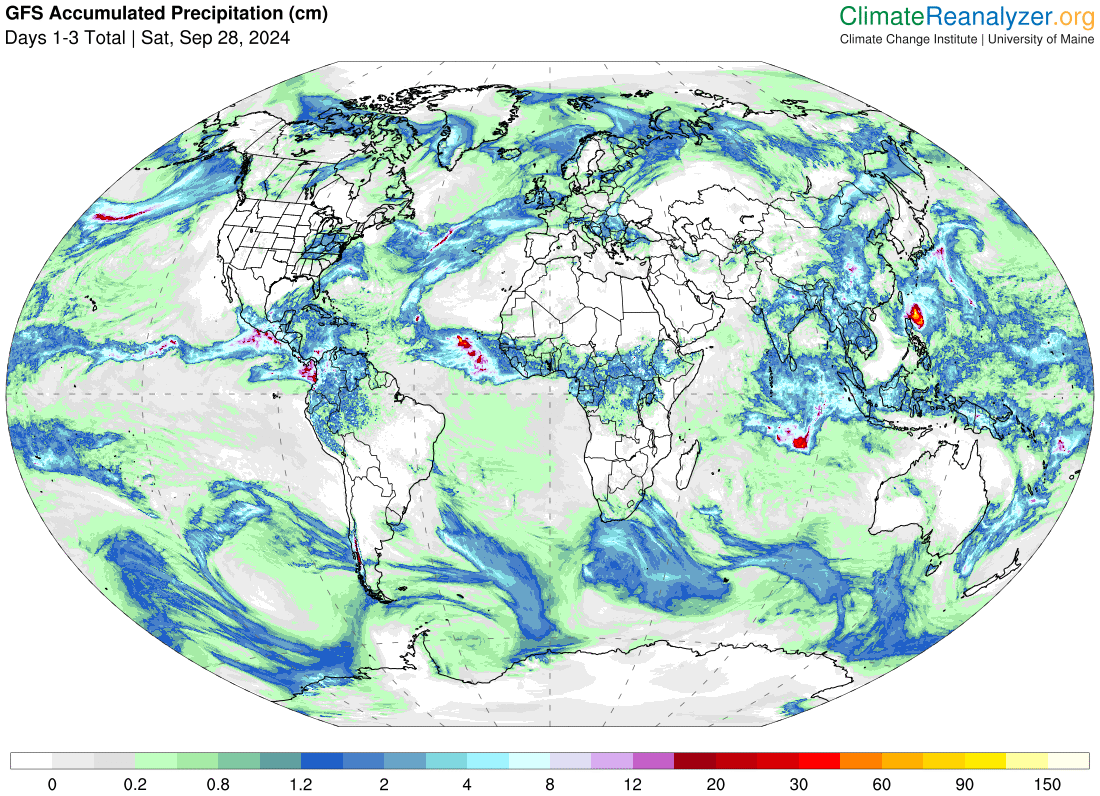
 >
>
